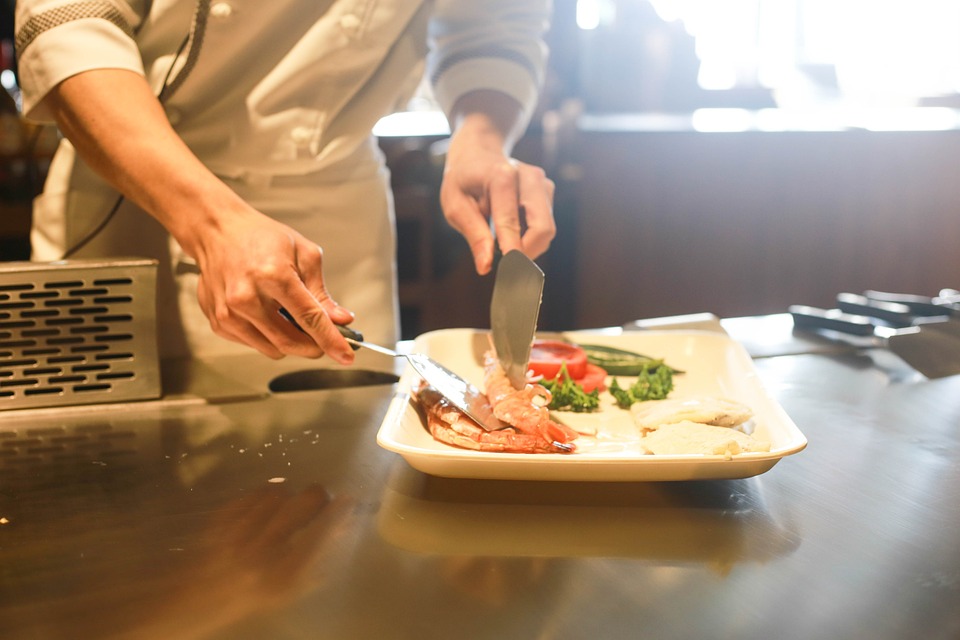Gordon Ramsay Net Worth: How Rich is the 'Hell's Kitchen' Chef?

Some culinary schools supply on-line classes, notably in areas like food service administration, meals safety, and cost management. However, as a hands-on area, culinary arts applications require some in-person courses. In culinary research, Monroe offers Bachelor and Associate degree choices which might be supposed to arrange college students for a variety of careers within the culinary business. Each program features a co-op (which may be paid) that allows students to be taught through on-the-job expertise, and develop skilled connections. Students can pursue the co-op at off-campus establishments, in addition to on the on-campus Dining Lab, a restaurant run by the college that’s open to the general public, or The Pastry Kiosk.
According to The Houston Chronicle, informal and full-service eating places averaged 6 percent net income after accounting for meals value, labor cost, and stuck prices like lease and utilities. So when you’re not using vegetable tops to make stock, grinding steak trimmings on your hamburgers, or turning meals near its expiration date into soup, you might as properly be throwing money into the garbage. Luckily, they teach you the way to do all of that in culinary faculty.
SFCS has also tossed out some elements of the standard culinary college curriculum, similar to sous vide, which San Francisco cooks advised Liano they could educate new cooks themselves in two days. Rather, she says, SFCS is teaching students issues like how two fat react together or why mayonnaise breaks and tips on how to fix it. “Every single thing students … Read More


